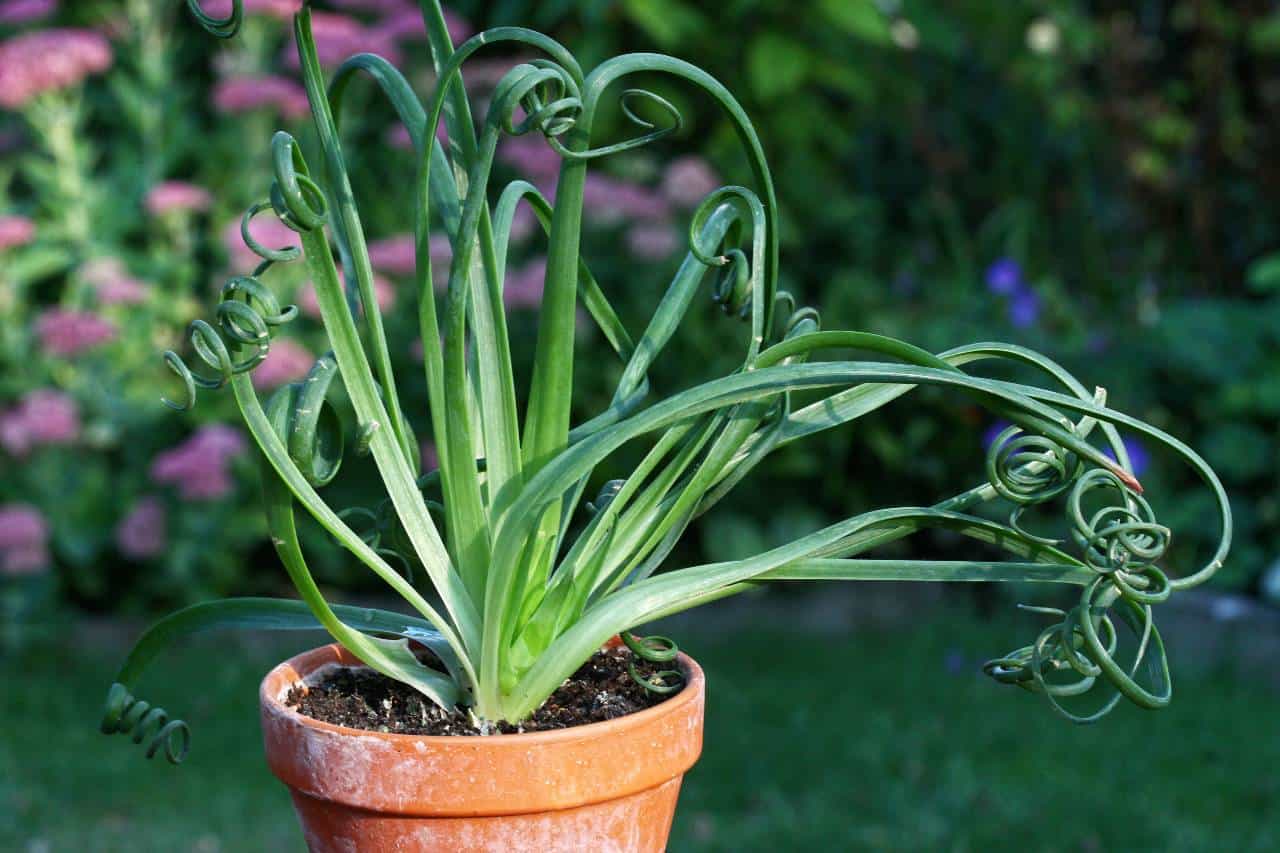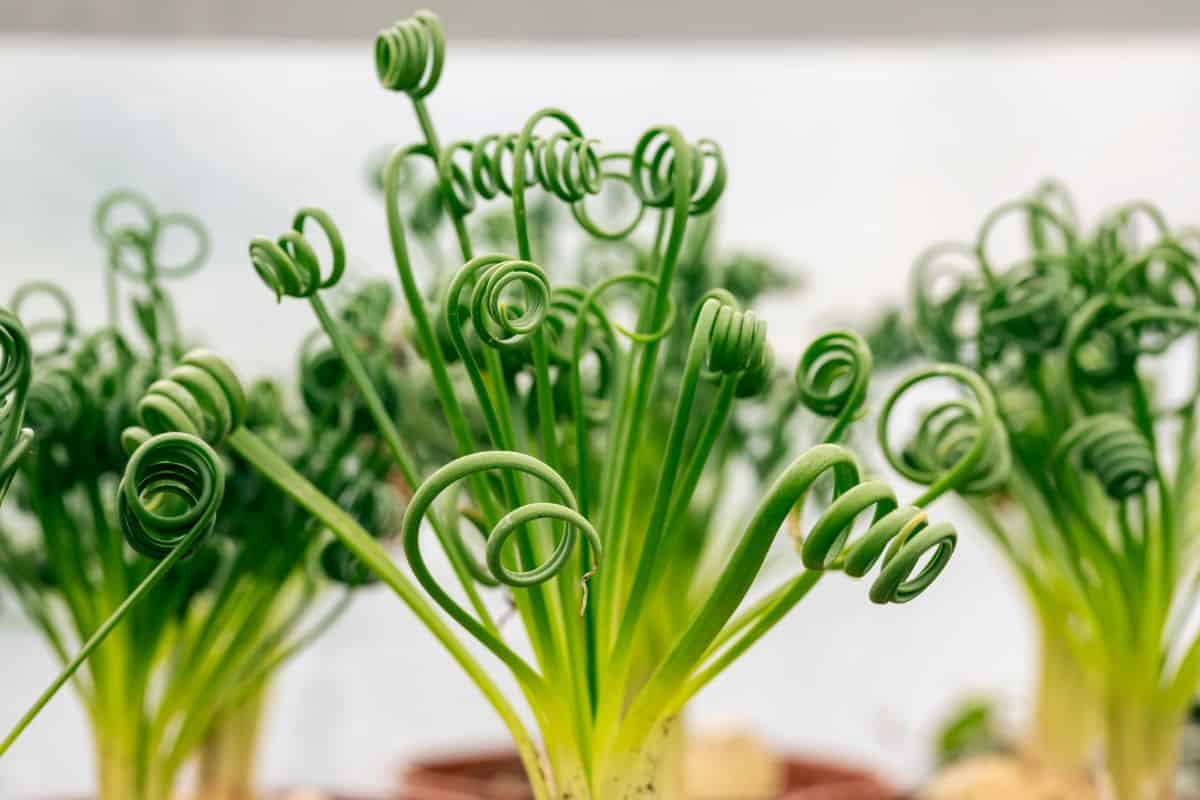
Albuca spiralis goes by many names including Spiral Albuca, Corkscrew Albuca, Sticky Corkscrew Lily, and Helicopter Plant. This species is native to South Africa, so it requires similar growing conditions to other South African succulent species.
A.spiralis is one of the most unique-looking succulent species, but thankfully it’s also fairly easy to care for. This species’ native region frequently experiences drought, so once established, Albuca spiralis tend to be quite hardy.
It’s important to note that this species loses its leaves each summer after it blooms. This isn’t a reflection of your care, it’s simply the Albuca spiralis way of life. Additionally, when the flower stalks are being produced, it’s common for the leaves to turn brown.
| Name: | Albuca Spiralis |
| Soil: | Sandy soil |
| Blooming: | late Winter to Spring |
| Light: | five to seven hours of light per day |
| Water: | Every week when the soil is dry to the touch |
| Propagation: | Using offsets |
Water
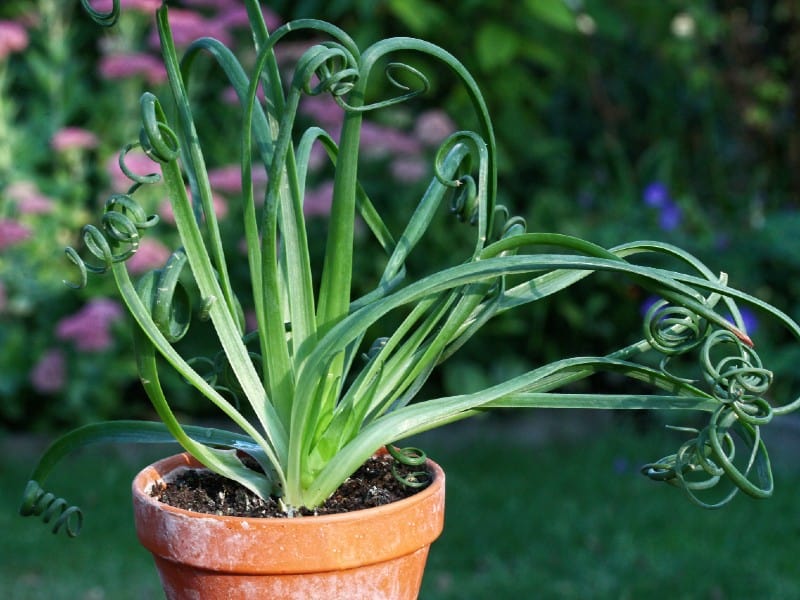
Buy it from:
As with most succulents, infrequent water is preferred by Albuca spiralis. These succulents do not handle overwatering well. Overwatering puts them at risk of developing root rot, which will not be visible above the soil’s surface until it’s too late to save the plant.
To avoid accidental overwatering, it’s best to check the soil before watering rather than watering on a set schedule. Schedules do not account for changes in the weather such as temperature and humidity.
Extremely hot and dry weather will mean you need to water your Albuca more frequently than you would if it were cool or humid. Additionally, this species experiences a summer dormancy where it requires little to no water.
During the summer dormancy, the bulb can be kept completely dry, but you can resume watering once the plant enters its fall growing season and the leaves resprout.
A soil moisture meter can be used to check your soil’s moisture levels prior to watering. You can also use your finger if you prefer a more low-tech approach.
Simply insert your tool of choice into the soil near the base of your Albuca. A soil moisture meter will need to stay in the soil for a few minutes for an accurate reading, but you’ll be able to tell instantly with your finger.
If the soil is still moist, it’s best to wait a few days before trying again. However, if the soil is dry, you can water the plant without concern.
When you do water, it’s recommended to give the plant enough water to thoroughly soak the soil. This can be accomplished by pouring water into the container until it runs out the drainage hole in the bottom of the pot.
Light
No products found.
When grown indoors, Albuca spiralis does best in bright light. South-facing windows typically provide the most indoor light, but east or west-facing windows may also be adequate. North-facing windows typically provide the least amount of light and may not be enough for this species.
A. spiralis is not species-appropriate for low light environments, so if your indoor space can’t provide enough light, you should consider supplementing with a full spectrum grow light.
Grow lights are an easy and inexpensive way to improve the available light in any home or office. They’re available in a range of sizes and shapes, so whether you need to provide light to a single plant or an entire shelf, there’s a grow light that can help.
Full-spectrum grows lights are recommended as they provide your succulents with the type of artificial light that most closely resembles natural sunlight. This will ensure that your plant is getting the right spectrum of light to thrive in even the darkest of indoor spaces.
If you live in the right climate, you can also try growing your Albuca outdoors. This species does best in full sun, though it may need some afternoon shade during the hottest hours of the day if you live in a climate that regularly experiences extreme heat.
Temperature
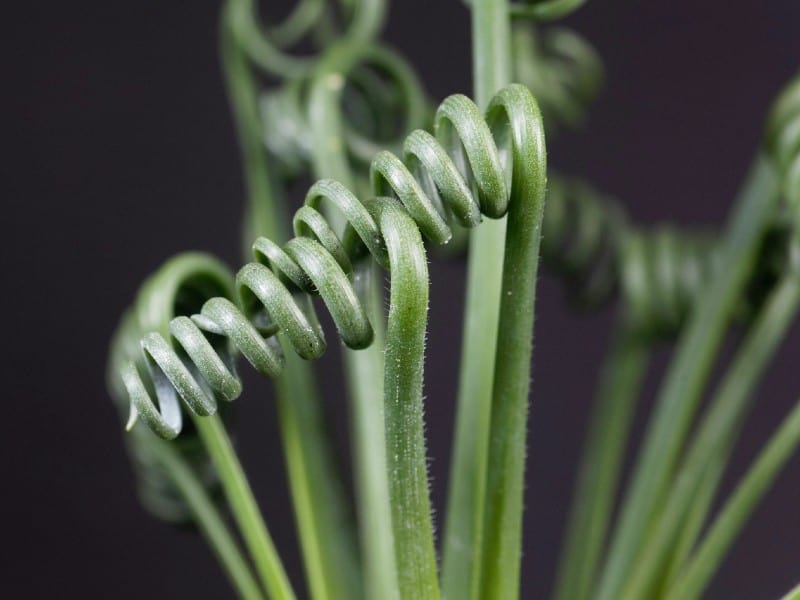
Like many species of succulents, Albuca spiralis prefers warmer temperatures. This is not a frost-tolerant plant, so if you live in an area that experiences frigid winters, you’ll need to plan on bringing your succulent indoors for the winter.
Temperatures below freezing can damage the bulb, so it’s recommended to bring your succulent indoors any time there’s frost in the forecast.
When grown indoors, the temperature is rarely a concern as most indoor spaces stay relatively consistent year-round. However, it’s still recommended to keep your Albuca away from areas that may be exposed to sudden drafts or changes in temperature.
Albuca are typically tolerant of extreme heat, so long as they are not exposed to direct sunlight at the same time. The combination of direct light and heat can increase the plant’s chances of sunburn, so it’s best to provide shade in the afternoon during any heat waves.
Soil
Albuca spiralis requires soil that can drain away excess moisture quickly. Otherwise, root rot is a real possibility. Unfortunately, root rot cannot be repaired once it has set in, so it’s important to prevent it if possible.
To promote proper drainage, you need soil with large particles of materials that do not retain water. This includes coarse sand, gravel, perlite, and pumice. Any gritty mineral mix is a great place to start.
You want to avoid soil mixes containing large amounts of water-retaining ingredients such as peat moss, clay, or coconut coir. These types of soil will not be able to dry out quickly enough for your Albuca to survive.
When shopping for soil, look for a mix formulated for succulents and cacti, as they tend to promote better drainage than those formulated for vegetable or flower gardens.
If you’re the DIY type of gardener, you can always mix your own soil Most experts recommend a mix containing 50-70% gritty minerals. The remaining 30-50% can be organic materials, which will provide your plant with needed nutrients.
Just remember, the grittier your soil mix, the more often you’ll need to provide your plant with fertilizer since minerals will not provide it with an adequate amount of nutrients.
It’s generally recommended to fertilize Albuca spiralis in early spring. You’ll need to stop fertilizing as summer approaches since your succulent will begin to enter dormancy. As the leaves begin to yellow and wilt, you’ll be able to halt fertilizing and watering for the duration of the season.
Container
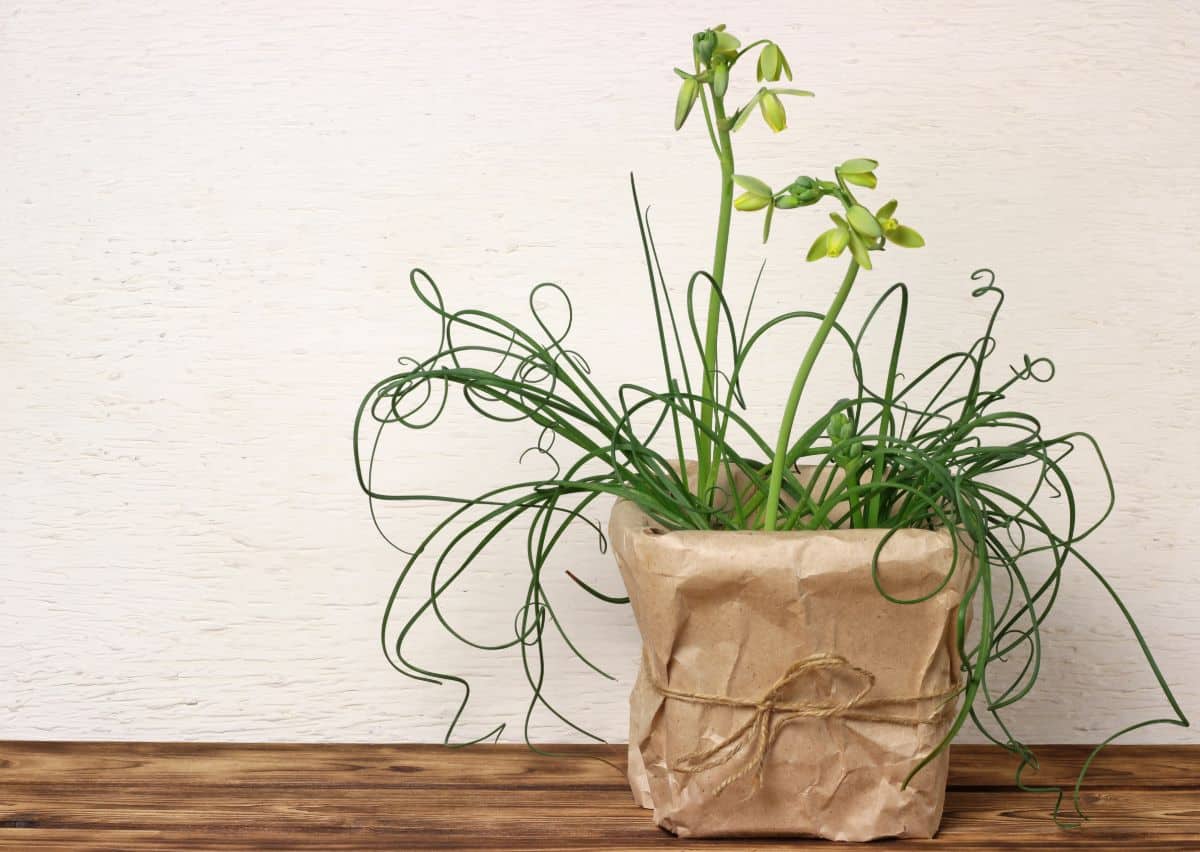
Drainage is the single most important characteristic of a good succulent pot. As previously stated, Albuca spiralis is prone to rot if exposed to excessive moisture, so it’s crucial that you give that extra water a place to drain away.
This is not to say that it’s impossible to grow Albuca in a pot without adequate drainage, but it’s not recommended. Your watering schedule needs to be incredibly precise, and most gardeners are not capable of providing this level of care.
However, if you’ve fallen in love with a specific pot without drainage holes, you can also try drilling holes into the pot if you have the required tools and skills. This can be a great way to make use of otherwise unusable containers.
When looking at the pots available in your local garden center, it will be obvious that there is a wide range of shapes, sizes, colors, and materials available. Though you will have plenty of choices, be sure to choose an appropriately sized pot.
The ideal size of pot is just slightly bigger than the current one. If your Albuca is currently in a nursery pot, look for a container just an inch or two larger in diameter than the nursery pot. This will provide your plant with enough room to expand, but not so much that you risk overwatering it.
It’s also important to note that deeper pots will take longer to dry out than shallow pots, so you’ll need to keep this in mind when figuring out your watering schedule.
You’ll also need to remember that terra cotta pots absorb water from the soil, while glazed ceramic and plastic pots do not.
Care Tips
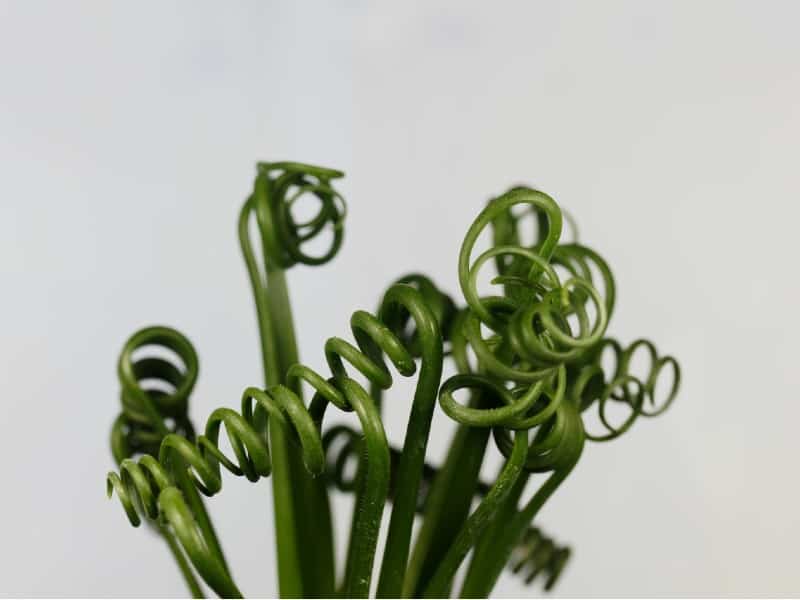
Although Albuca spiralis enters a period of dormancy during the summer, it is possible to avoid this stage. Some gardeners choose to continue watering their succulents through the summer, just as they did through the winter.
This is especially common with plants kept indoors as it’s easier for some people to keep all of their plants on a regular watering schedule.
Continuing to water through the summer will not harm your Albuca, but it is possible that the leaves may straighten out. Straightening of the leaves is not guaranteed, but it is a possibility to be aware of if you choose to do this.
It’s also worth mentioning that Albuca will go dormant even if it does not flower in the spring. Though their blooms are lovely, they aren’t necessary for the plant to enter dormancy.
Additionally, if you need to repot your Albuca spiralis, it’s recommended to do so in the fall or winter, during the plant’s active growing season. Repotting in spring or summer won’t necessarily be harmful to your plant, but it won’t be able to make the most out of its new container until it begins growing again.


